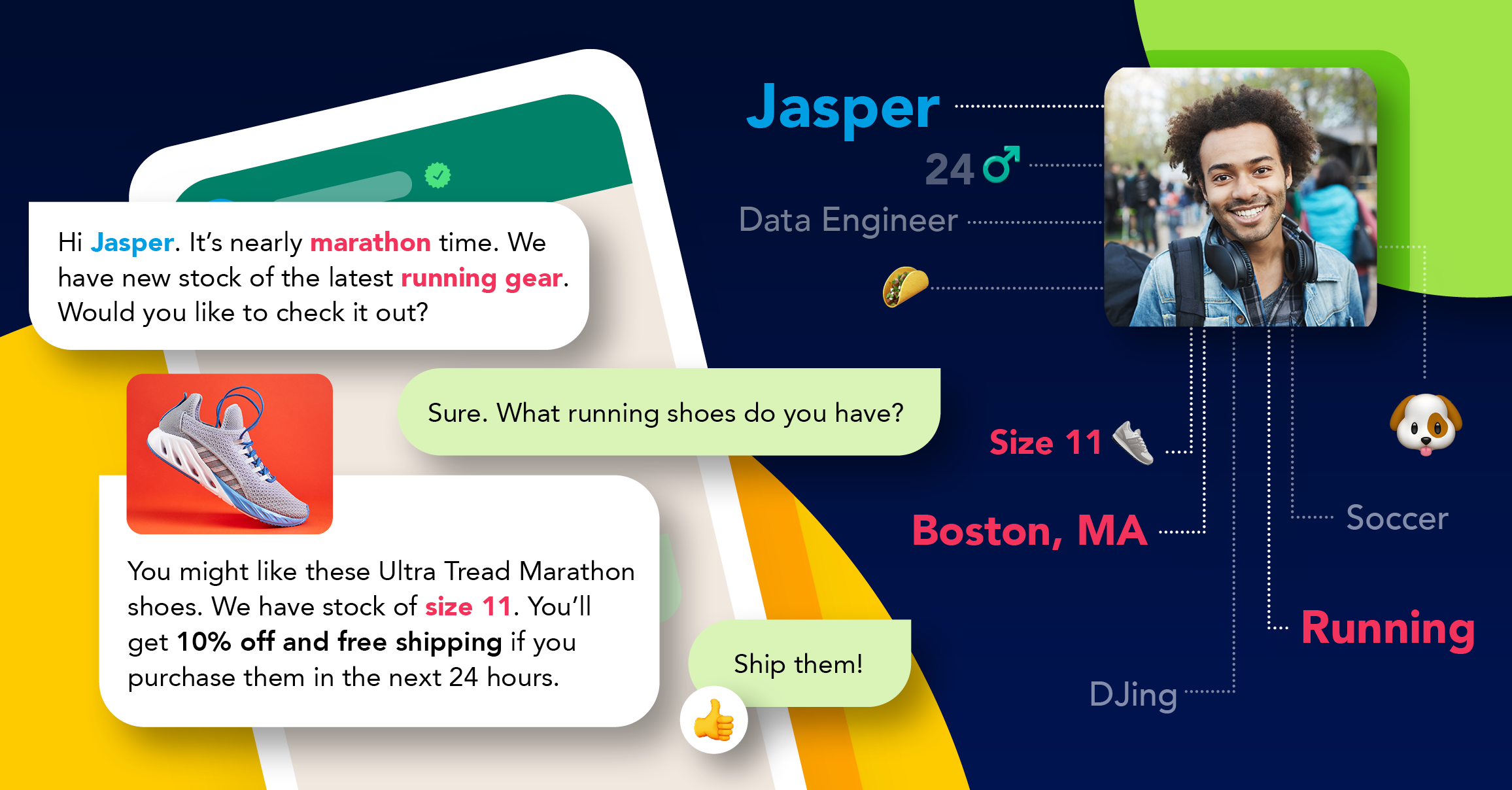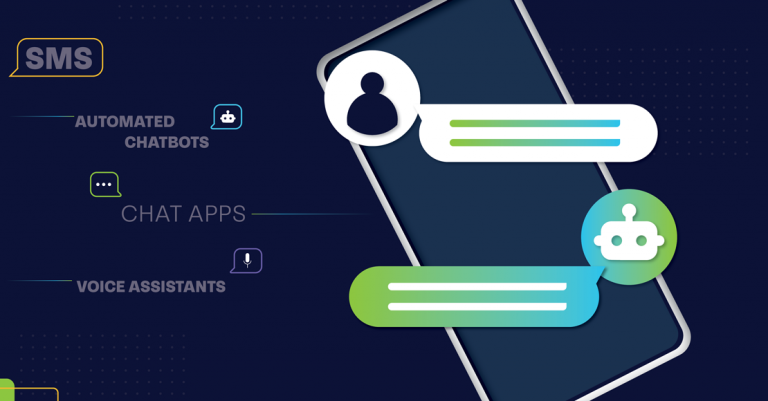
Customer engagement strategies
We’re surrounded by data. Brands that make sense of this swirl of information can build a compelling customer engagement strategy. More businesses are moving to capitalize on the power of big data sources. A CMO survey found that the percentage of marketing budgets allocated to analytics will increase by 198 percent over the next three years.
Consolidate the data
The first step to building a data-driven customer engagement strategy is – you guessed it – collecting the data. Each engagement in a customer’s purchasing journey adds to the dataset.
In addition, thanks to the Internet of Things (IoT), billions of devices are connected, collecting data, and fuelling an influx of digital intelligence. Plus, the audience signals are endless: search intent, videos viewed, and articles read.
Kitewheel’s State of the Customer Journey 2018 report shows the number of customer touchpoints online is skyrocketing – driven by a surge in ad tech and IoT. To use this data effectively, start with an assessment of your analytics production. Consider the type of first-person data you can access from multiple sources. There are web and app analytics, CRM, email marketing lists, billing, and loyalty programs.
Once you've started collecting this data, use a tool that meets your security and data integrity requirements. Integrating the data into a central stack will eliminate the time-consuming task of stitching data from various data silos in the future, and ensure you’re operating from a Single Source of Truth.
Simplify and share the insights
A fragmented approach to data makes it hard to unite the organization around shared goals, and complicated datasets are virtually useless. Translate the data so that everyone understands; teams can then make customer-centric business decisions.
The Mall of America allows tenants access to the data dashboard. When trends showed mall traffic spiked during cold weather – driven by early school closures – tenants adjusted staffing levels.
Analyze, test, and personalize
Once you’ve stored and structured the data effectively, leveraging it becomes your competitive advantage.
Some big data tools let you predict customer behavior in real-time to deliver relevant content, and product offers. Data-attribution modeling will even show you which channels have the most success.
Sprint, a US mobile network operator, mapped the customer conversion journey, tagging all touchpoints. The Sprint team reviewed the effective cost per acquisition (eCPA) for mid- and upper-funnel marketing tactics, including paid search and programmatic display, to determine the channels and ads that led to conversions. Conversions increased by 39 percent and CPA decreased by 60 percent.
Companies are also using ad tech to serve targeted ads, personalized lead nurturing and, timely customer engagement experiences in the moments that matter.
Using first-person data, Philippines airline Cebu Traffic Air targeted users who looked at posts about tips for traveling to a specific region. They hosted dynamic ads that included a flight search API so that the customer could perform a flight search within the ad. They increased conversions immediately.
Marketers are already coupling machine learning and data analytics to personalize online advertising, according to a 2018 global research study from the International Data Corporation.
As this report shows, machine learning is being applied to all areas of creative content production:
Sixty-seven percent of marketers use machine learning to personalize headlines and advertising copy.
By 2020, 64 percent of marketers predict they’ll be using machine learning to optimize message targeting.
Getting the most out of your customer engagement strategy
A customer-centric approach, rooted in data, lets you anticipate consumer needs and makes sure you’re ready to meet them as you plan your customer engagement strategy. Because if you don’t, someone else will. Read our recent article for more on how the IoT can help increase customer engagement and build better business solutions.
Explore other articles
Step into the future of business messaging.
SMS and two-way channels, automation, call center integration, payments - do it all with Clickatell's Chat Commerce platform.








